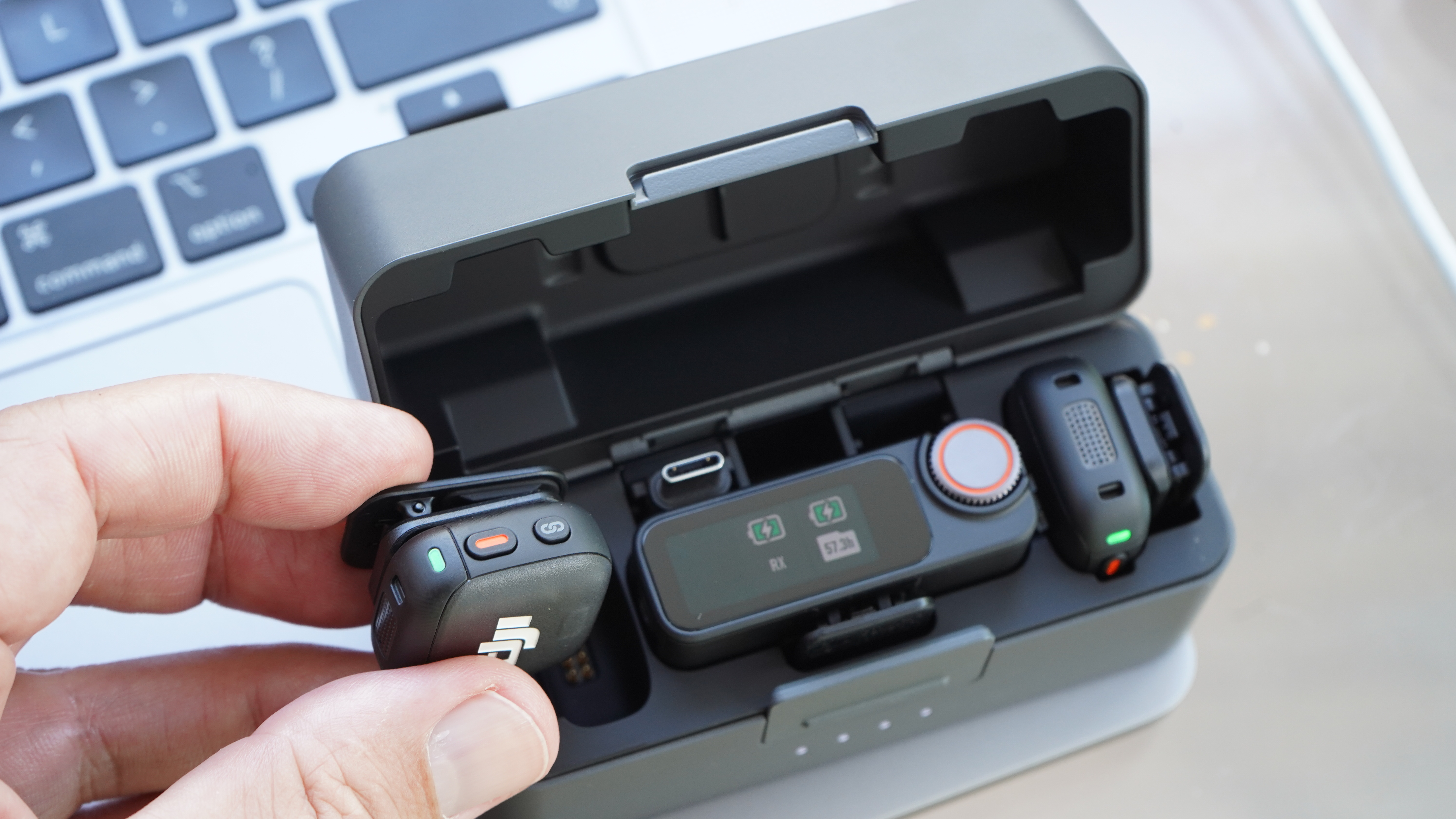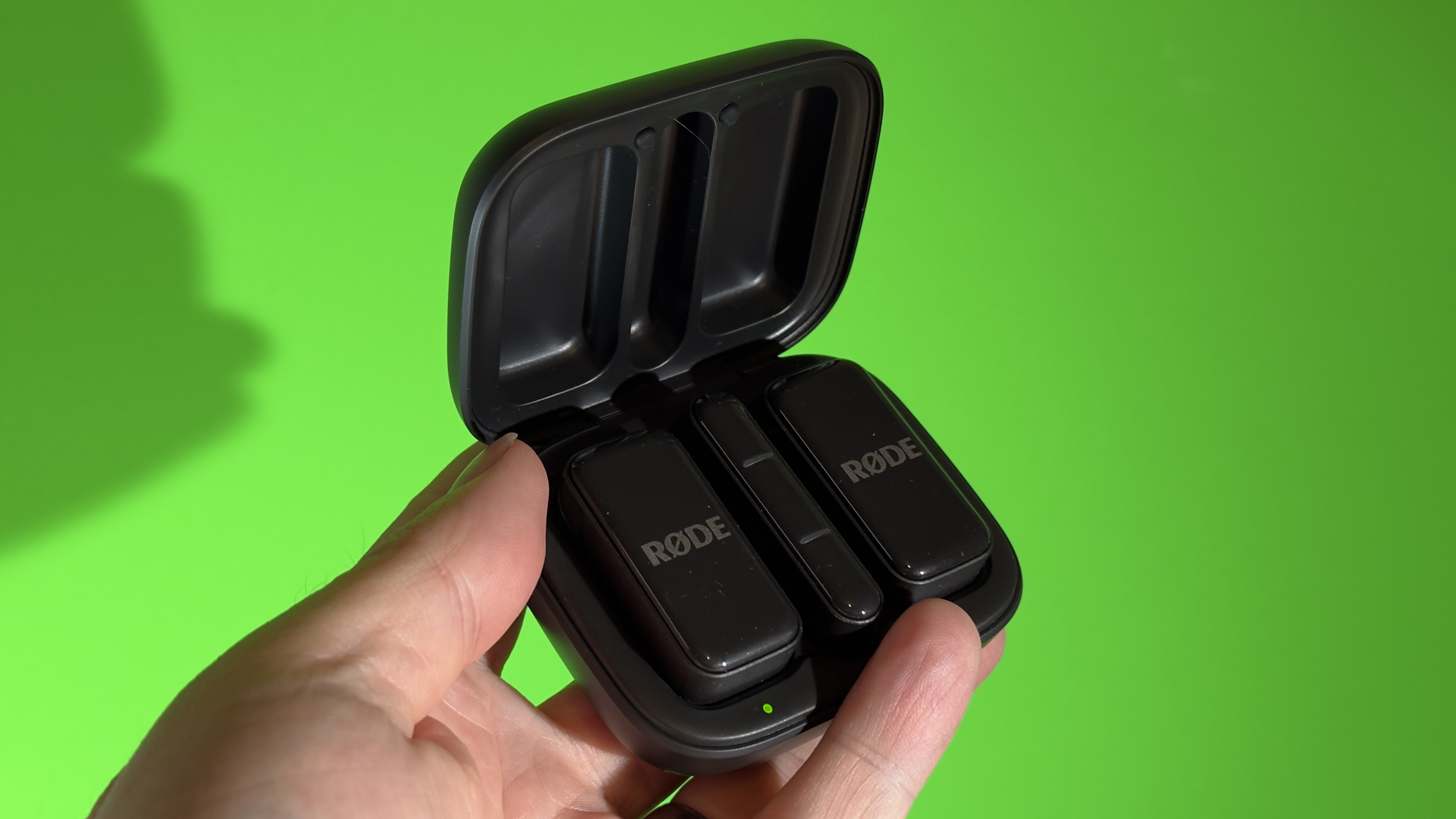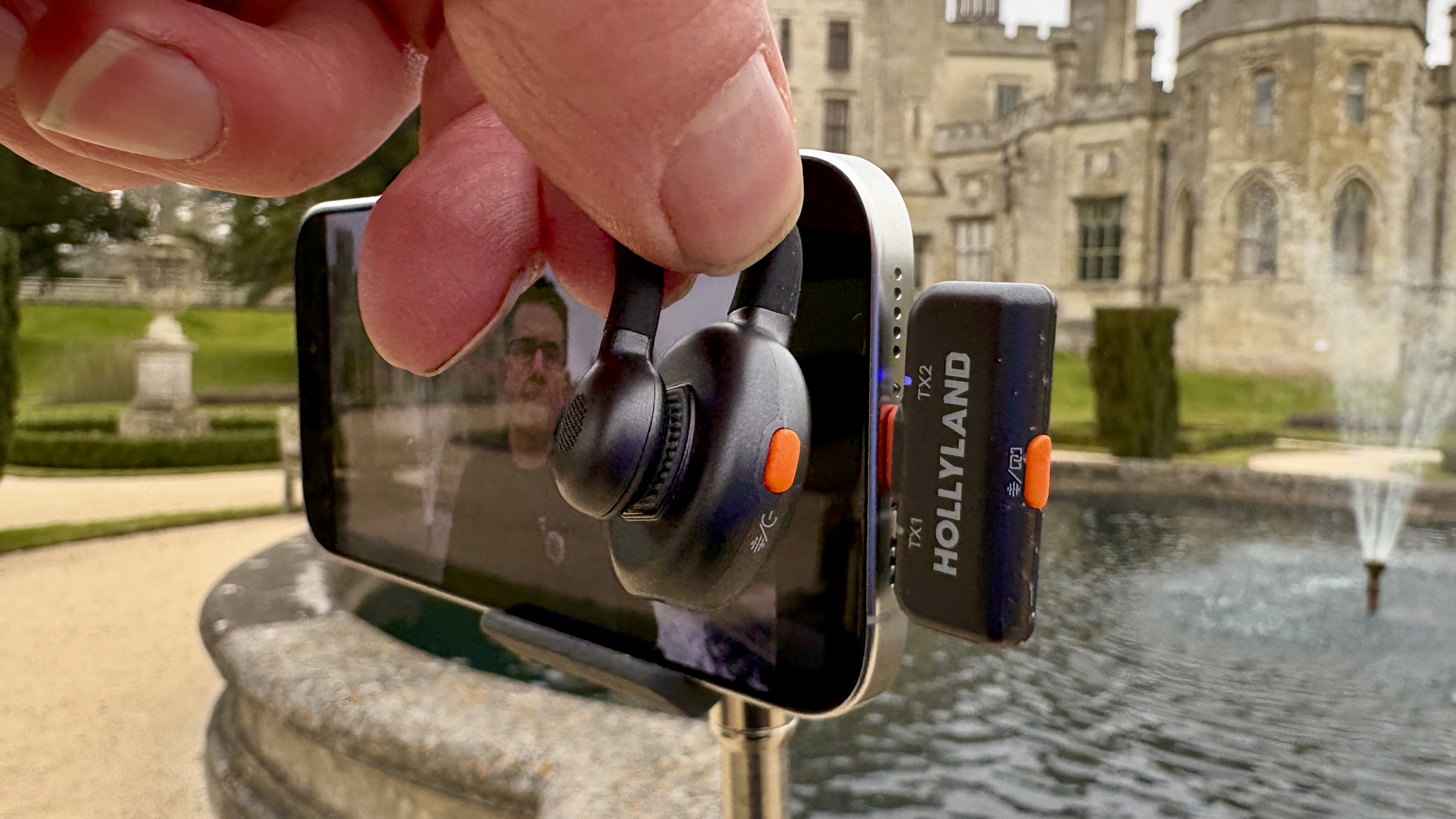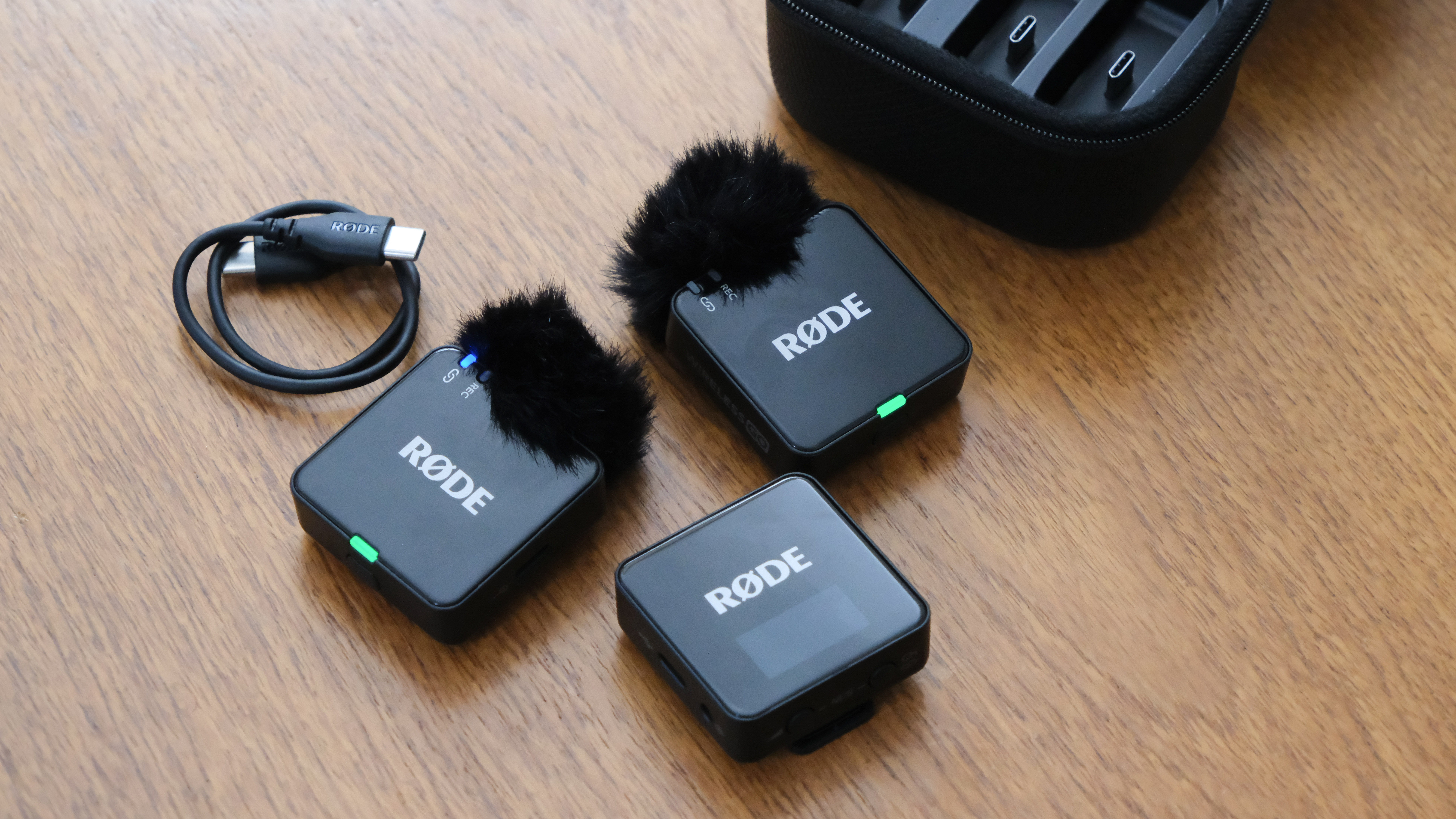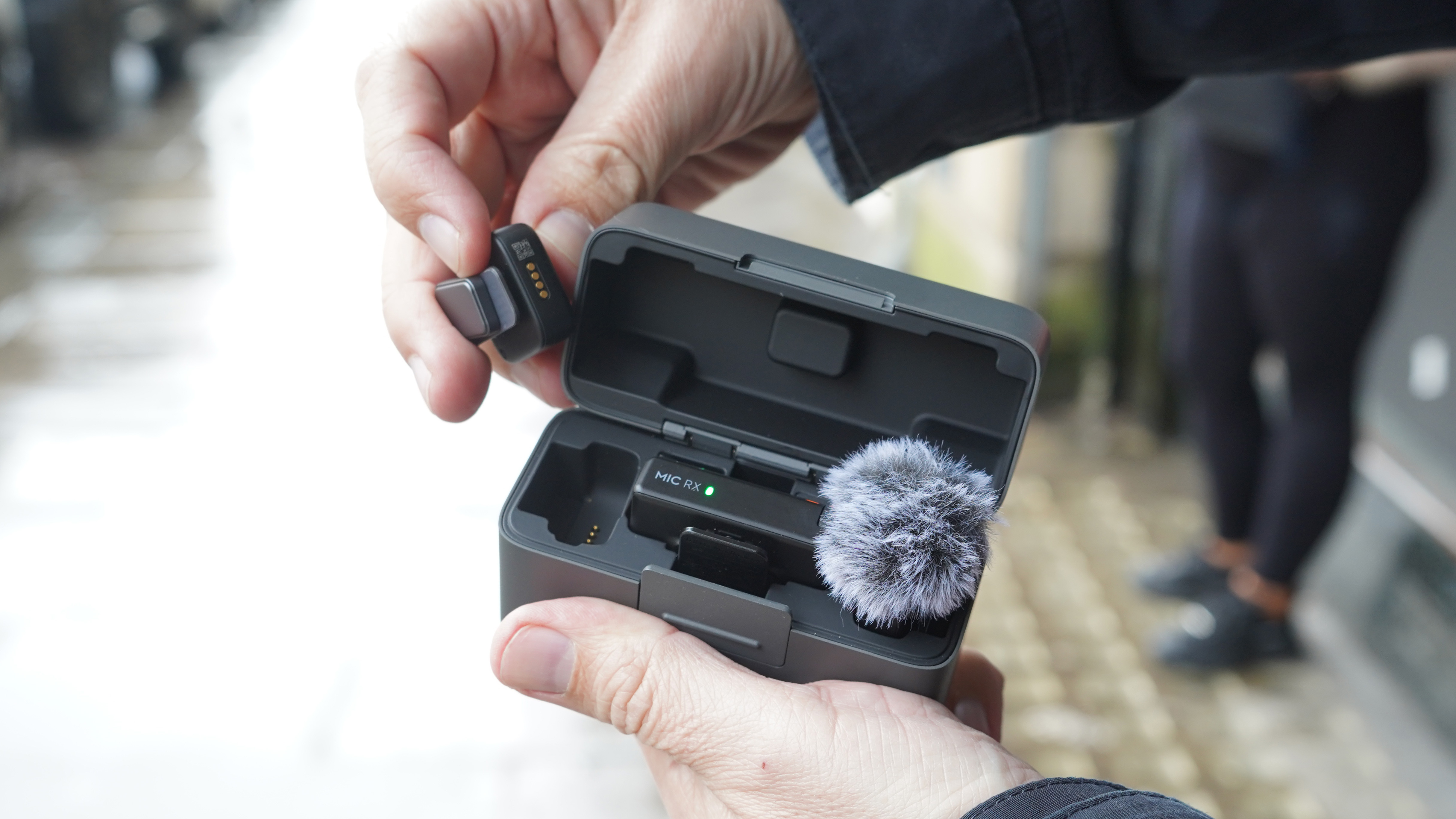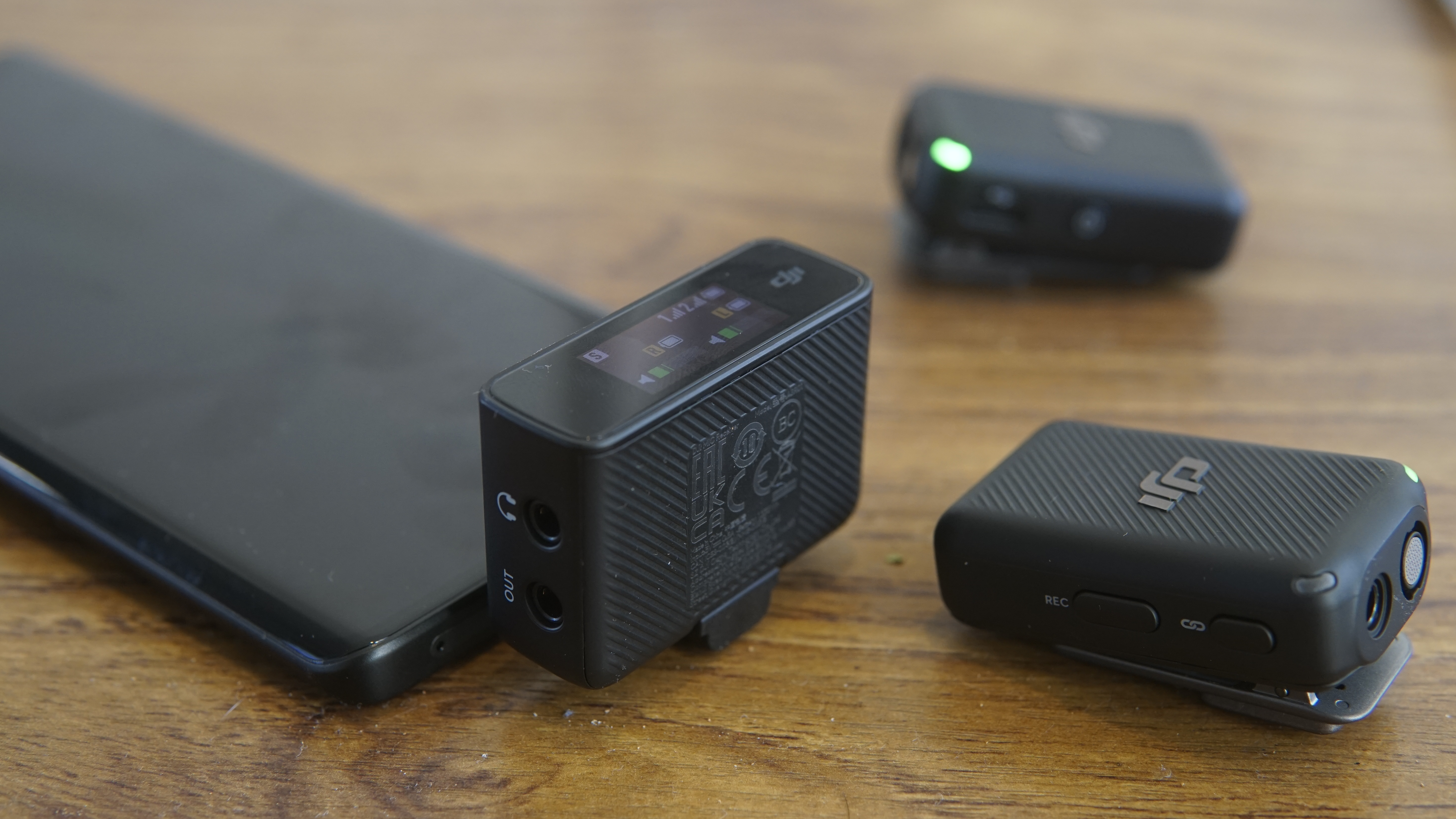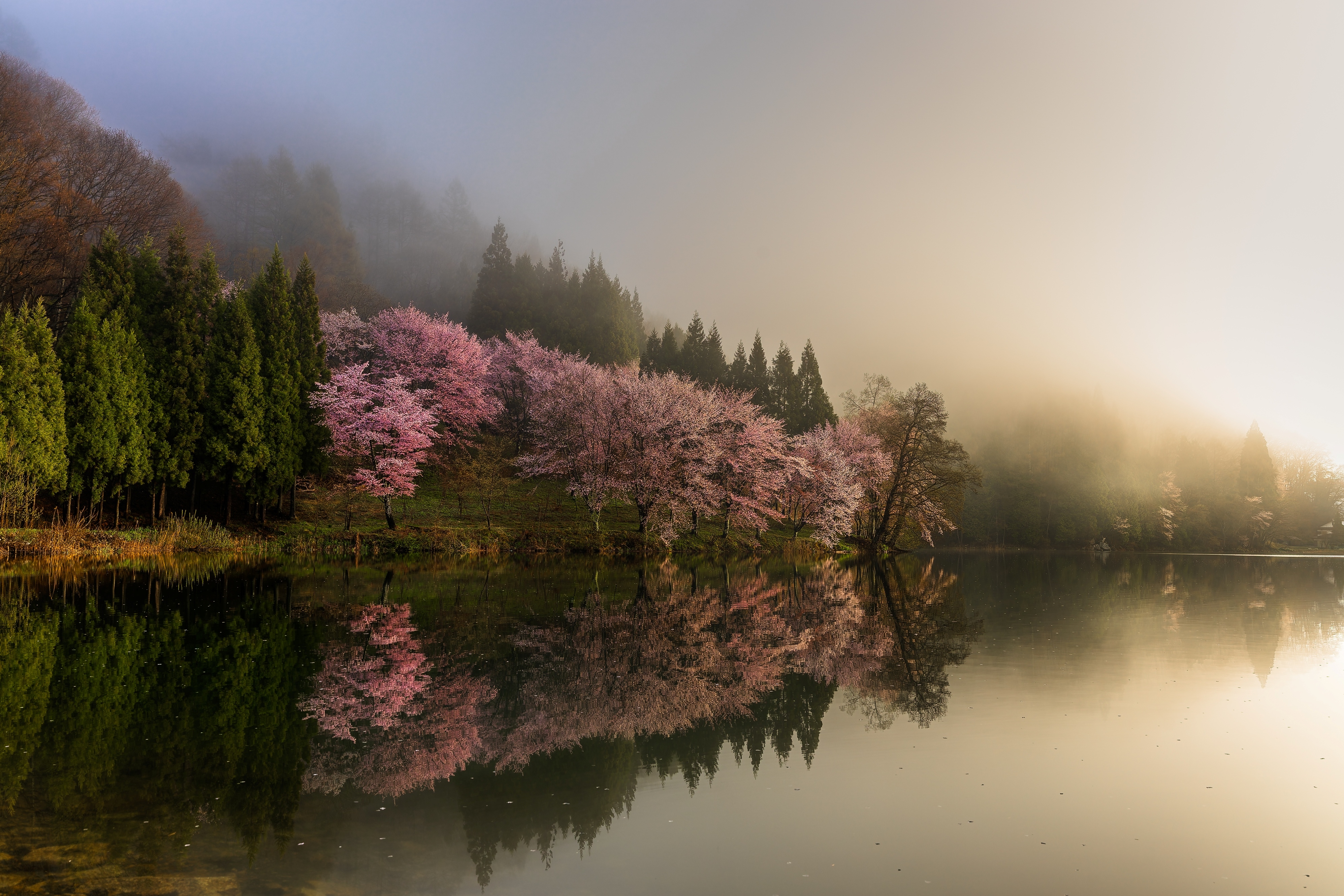Best wireless microphones in 2025: record crisp, clear audio at a distance
Whether you are a content creator, performer, or presenter, these are my top picks of the best wireless microphones for easy long-distance audio recording

The best wireless microphones can be a critical purchase in improving the quality of your video output. Audio matters – arguably even more than the picture. YouTubers and other vloggers have discovered to their cost that few things make a viewer click away faster than bad-sounding audio.
In this guide, I’ve focused specifically on wireless mics that transmit sound to a receiver that’s plugged into a camera or smartphone. These types of mics are often used for interviews, as they can be clipped to the subject to ensure a clean recording. As such, they are designed to be small and discreet, offering a dependable and stable connection with no dropouts.
I’ve tested all the mics on this list for my own video projects, and there are options for different budgets. These mics are designed to work with cameras and phones – if you are recording with an iPhone, I also have a dedicated guide to the best microphones for iPhones.
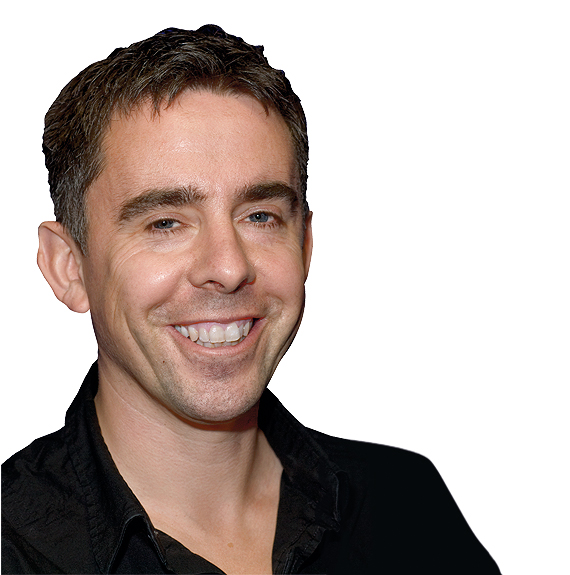
George has been freelancing as a photo fixing and creative tutorial writer since 2002. He also produces regular and exclusive Photoshop CC tutorials for his YouTube channel – where he has mastered the art of great sound recording in a range of situations.
The Quick List

DJI might be better known for its drones, but it also makes this impressive mic kit, with powerful on-board recording and a reliable wireless connection.
Read more below

This tidy, plug-and-play wireless mic set is ideal for newcomers, allowing you to roam up to 100 meters away while your voice remains crisp and strong.
Read more below
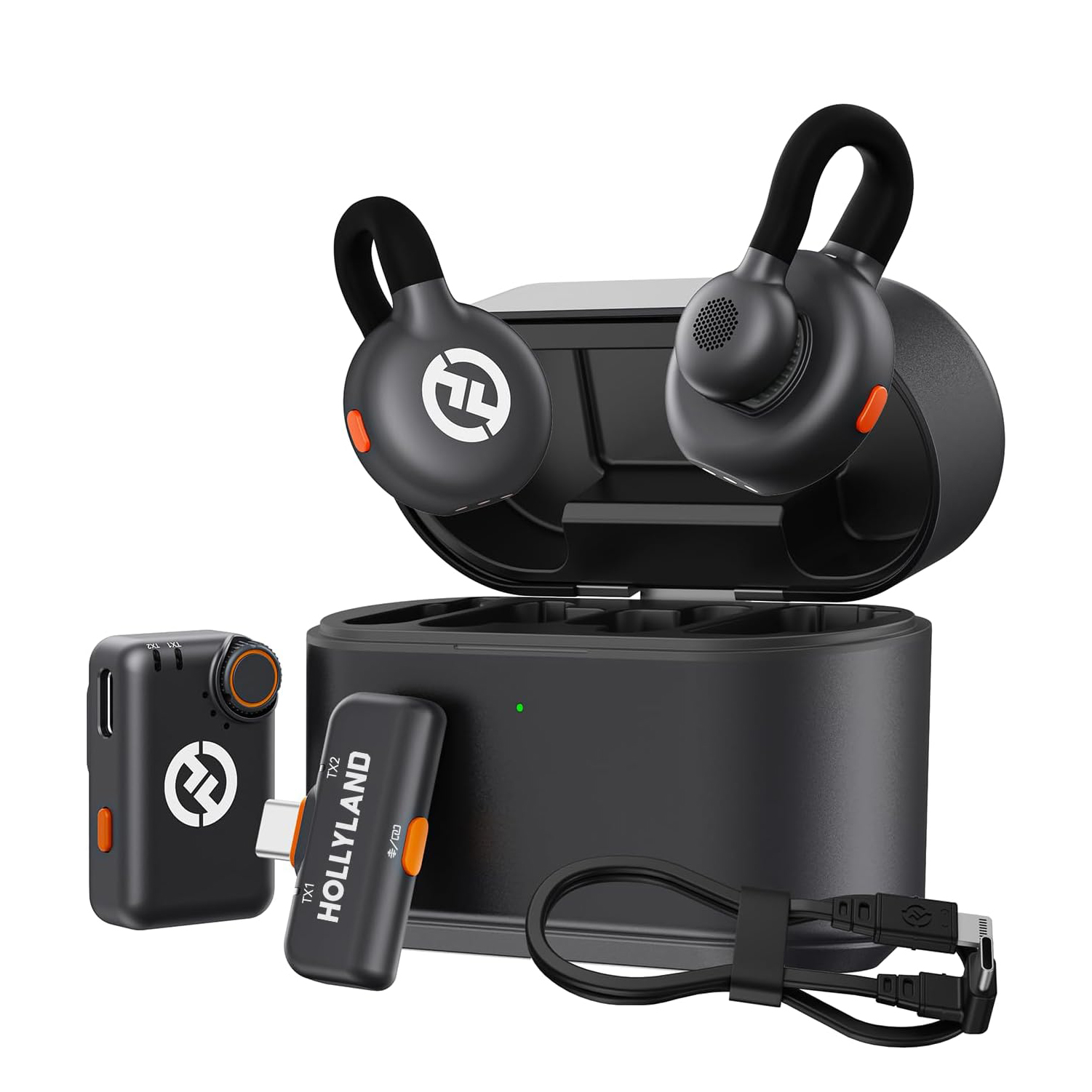
The combo version of this kit comes with a USB-C to Lightning adaptor and a receiver for a DSLR, but even the cheapest version has a smartphone-friendly USB-C receiver.
Read more below
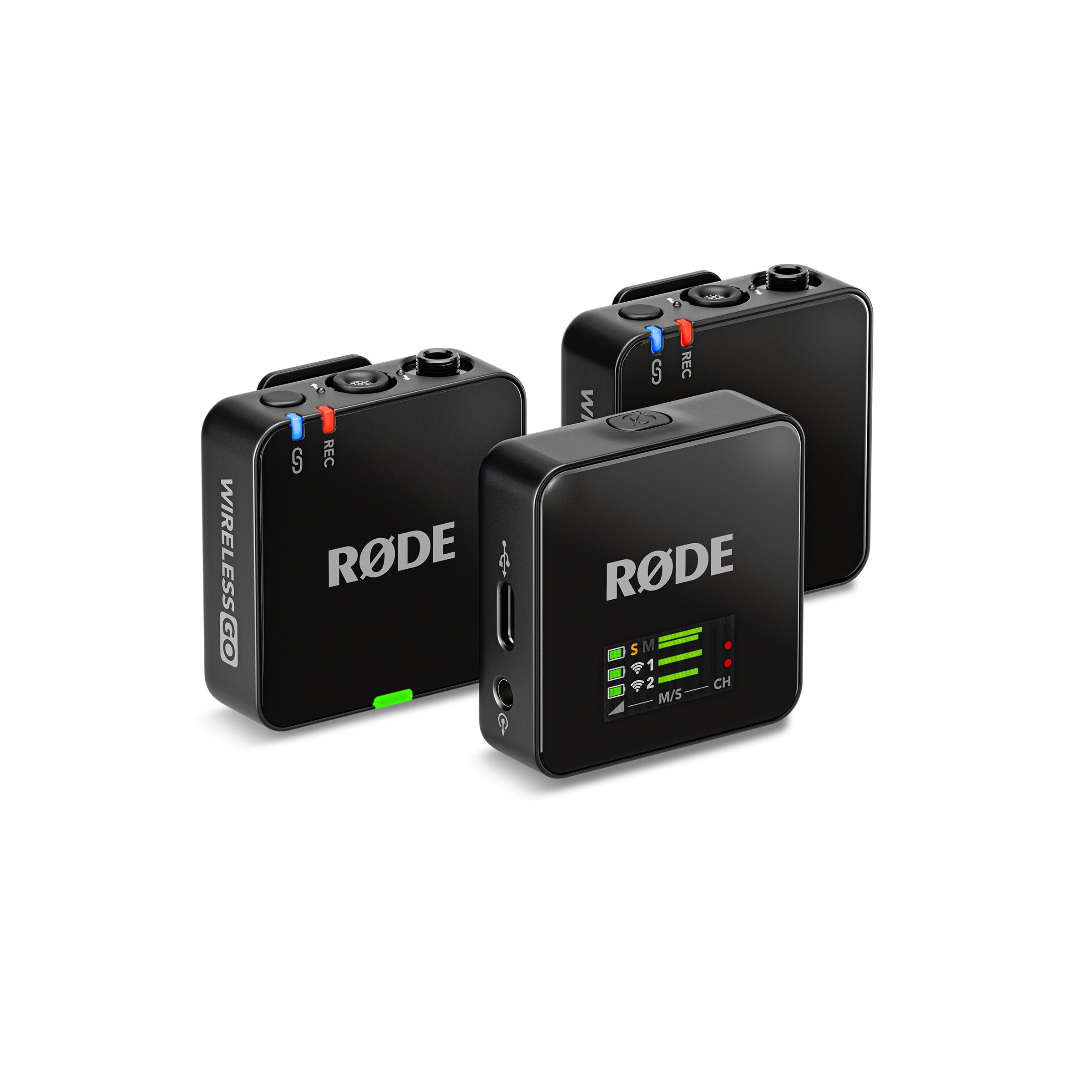
The Røde Wireless Pro costs more than most, but with 32-bit float onboard recording, timecode support, and bundled lav mics, it offers plenty to please the professional.
Read more below
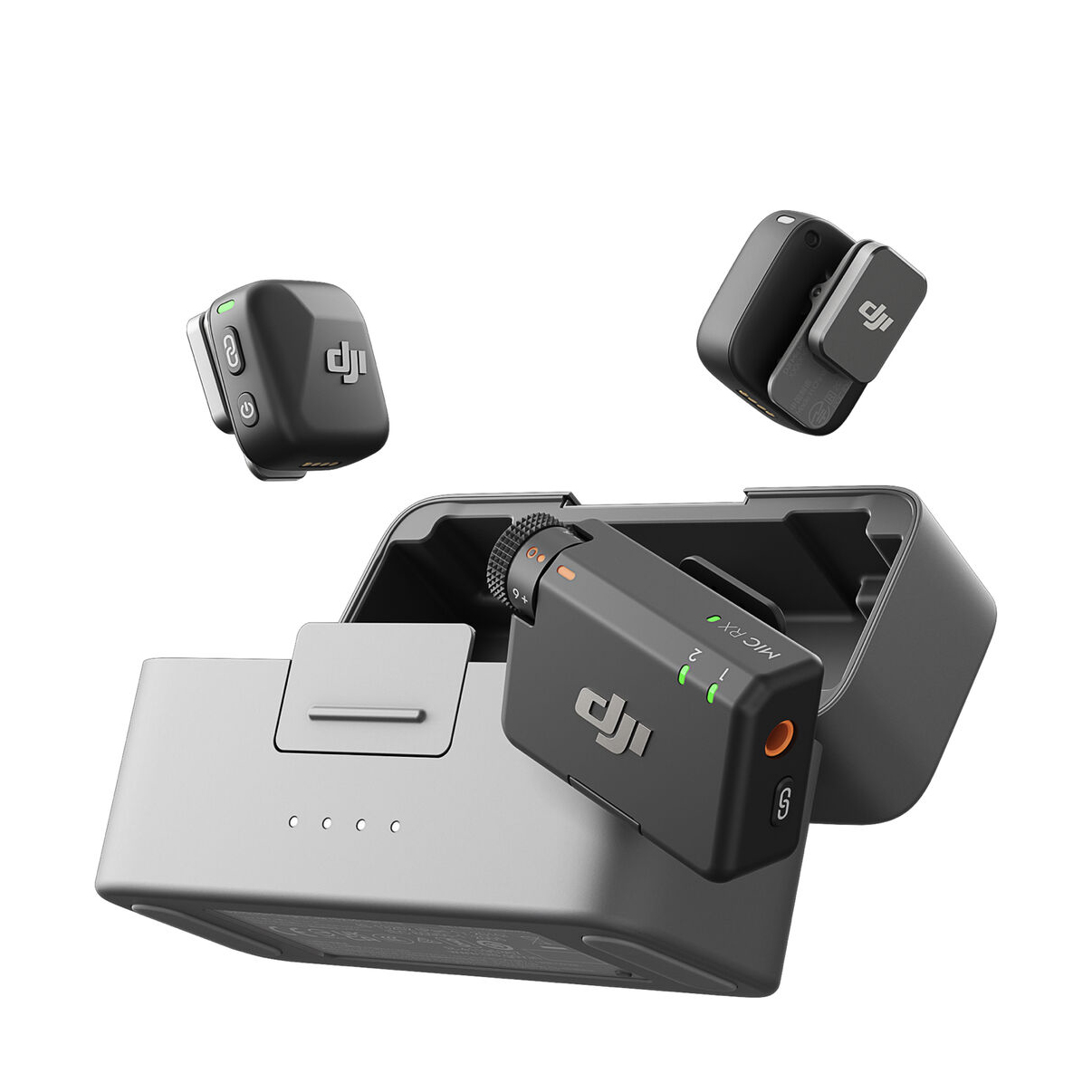
If you are looking for a small microphone that's big on features, this shrunk-down version of my top pick is compatible with both phones and cameras.
Read more below
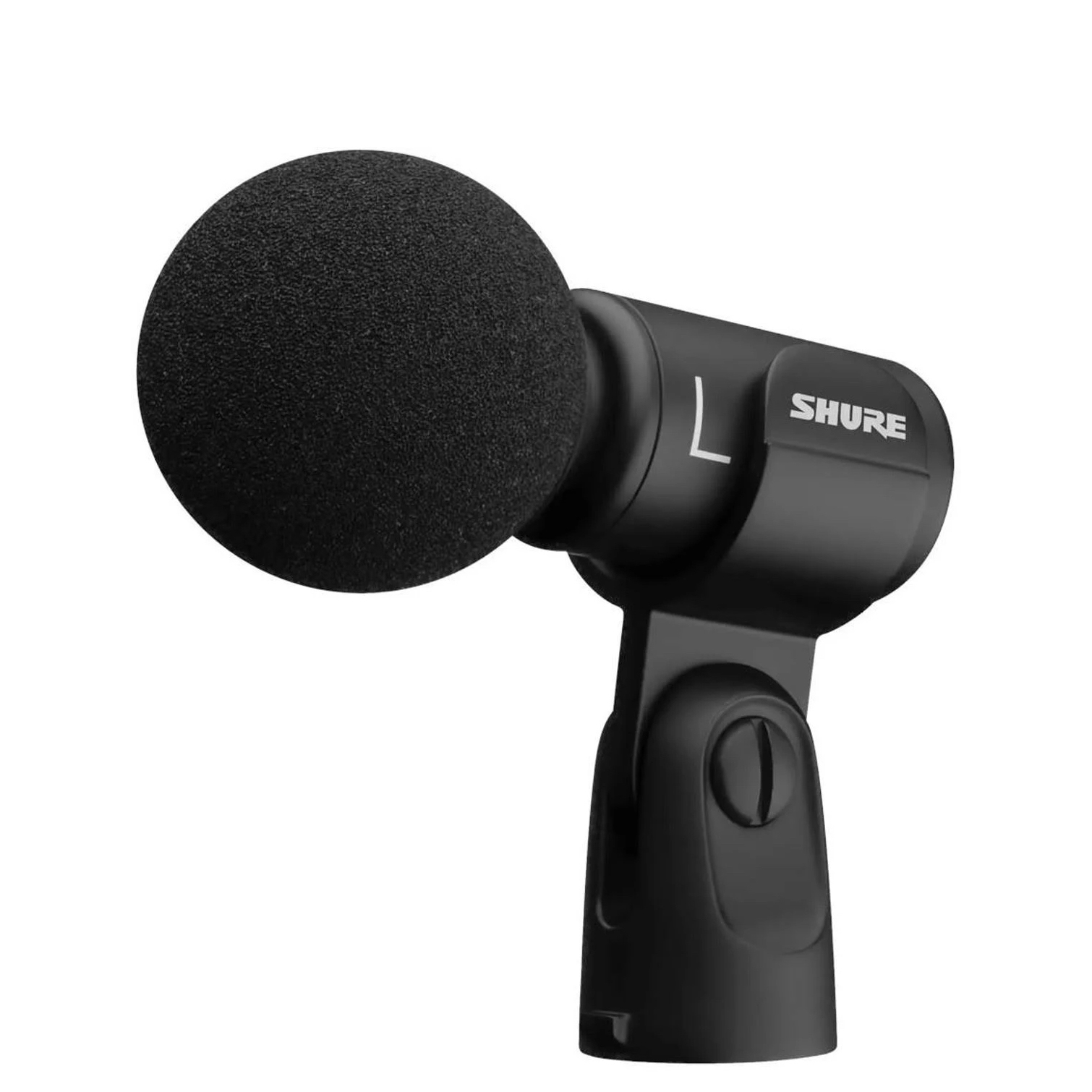
A shotgun mic, desk mic, and lavalier mic all in one, the Shure MoveMic 88+ is capable of capturing exceptional sound quality in a variety of situations.
Read more below
The best wireless microphones
Why you can trust Digital Camera World
The best wireless microphone overall
Specifications
Reasons to buy
Reasons to avoid
The DJI Mic 3 is a significant upgrade from its predecessor, the DJI Mic 2, with a smaller and lighter design. Audio is top-notch, with 32-bit float recording and adaptive gain control to prevent audio clipping and ensure high-quality sound, and I found it to transmit reliably within the promised 400m range. There's a generous 32GB of built-in storage, and it boasts decent battery life, with the charging case providing up to 28 hours of use.
Build quality is just as impressive as the sound quality, with the transmitter and receiver units fitting neatly in the included metallic-looking charging case. The receiver slots into an iPhone's USB-C socket or camera hotshoe and has an OLED touchscreen that is both convenient and easy to use.
It's ideal for solo creators who require a high-performing and reliable audio solution, but it's on the pricey side and may be overkill for casual users looking for a more wallet-friendly option.
Read our full DJI Mic 3 review
Best wireless mic for ease of use
Specifications
Reasons to buy
Reasons to avoid
Capturing sub-par audio is surprisingly simple – just step a little farther from your phone’s internal microphone, and your voice will be swallowed by street noise or the rumble of overhead planes. A wired lavalier solves part of the problem, but its cable quickly tethers your movement. Thankfully, recording clean, clear dialogue at a distance is just as simple with the Røde Wireless Micro.
The system pairs a slim, USB-C receiver that slots directly into your phone with a lightweight transmitter-mic you can clip (or magnet-mount) to your clothing. Once in place, you’re free to roam while maintaining excellent sound quality – up to about 100 meters, provided the transmitter stays in the receiver’s line of sight. Setup is genuinely plug-and-play, and Røde’s Intelligent Assist Gain means you don’t have to fuss with input levels or worry about clipping.
For smartphone video creators new to wireless audio, this kit hits the sweet spot of price, performance, and the proven reliability of Røde’s product line. It doesn’t include onboard noise-reduction software, but tools like iMovie, Final Cut Pro, or Premiere Pro can remove unwanted background sounds more precisely in post-production.
Read our full Røde Wireless Micro review
Best discreet wireless mic
Specifications
Reasons to buy
Reasons to avoid
The Hollyland Lark M2S wireless lavalier mic is a highly capable option, but also a simple one – it's got decent 'plug and play' operability, and this thereby ideal for anyone who's getting their head around the ins and outs of sound recording. Unlike the previous Lark M2, it doesn't attach by magnets, but instead uses a reworked design in which the tiny omnidirectional microphone is extended on a curved stalk that simultaneously acts as a hook to clip onto your subject's clothing. Simple and effective.
The actual performance of the mic is also first-rate. I used it in conjunction with my iPhone 16 and the LarkSound app, giving me complete control over the transmitter and receiver. I found the sound quality to be consistently excellent, and the noise reduction feature worked well even when I tested it near a noisy fountain. The makers advertise a transmission range of up to 300 metres (realistically much more than you'll ever need), though I did find that losing line of sight with the mic could easily cause dropout – and there's no on-board recording to compensate.
Thanks to its high 24-bit depth and 48 kHz sample rate, the audio quality of the Lark M2S – it bears repeating – is excellent. It's an easy mic to use, and an affordable one, too.
Read our full Hollyland Lark M2S review
Best wireless mic for pros
Specifications
Reasons to buy
Reasons to avoid
At first glance, the Røde Wireless Go Gen 3 looks much like its predecessors – and like many of the wireless mic sets in this buying guide. But this latest generation adds refinements that make it more versatile and creator-friendly (with a slightly higher price tag to match). Unlike most compact wireless kits, the Gen 3 transmitters can record onboard backups, giving peace of mind should you ever experience dropouts or interference.
Røde has also upgraded its GainAssist feature, which automatically manages audio levels to reduce clipping or distortion, while still allowing you to take full manual control, if you prefer. For those working in more advanced video workflows, the system also supports timecode, making it much easier to keep audio and video perfectly in sync.
Like other small wireless mic systems, the Gen 3’s transmitters are quite visible if clipped directly to a shirt or jacket. For a more subtle setup, you can plug a lavalier mic into the transmitter and hide it on a belt or waistband, keeping your subject’s look clean while still capturing professional-quality sound.
Read our full Røde Wireless Go Gen 3 review
Best wireless mic kit for size and features
Specifications
Reasons to buy
Reasons to avoid
If you’re looking for a compact, reliable wireless microphone system that delivers professional-grade audio, the DJI Mic Mini is worth considering. I’ve found its lightweight and portable design perfect for creators like vloggers, interviewers, and filmmakers who need high-quality audio without the bulk. The system includes a transmitter with a built-in mic and a receiver that easily connects to cameras, smartphones, or laptops via USB-C or Lightning adapters. It’s super versatile and works with a wide range of devices.
One thing I really appreciate about the DJI Mic Mini is its impressive range – up to 250 meters. That means I can move freely while recording and still get clear, uninterrupted audio, even in noisy or large spaces. The battery life is solid too, lasting about five and a half hours, so I don’t have to worry about running out of power during longer shoots.
Setting it up is quick and easy, with intuitive controls that make it simple to start recording right away. Despite its small size, the audio quality is outstanding, consistently capturing clear professional sound. While it’s not the cheapest option around, I think the DJI Mic Mini is worth the investment if you’re serious about creating high-quality content. It’s reliable, portable, and delivers exactly what I need for my projects.
Read our full DJI Mic Mini review
Best wireless shotgun mic
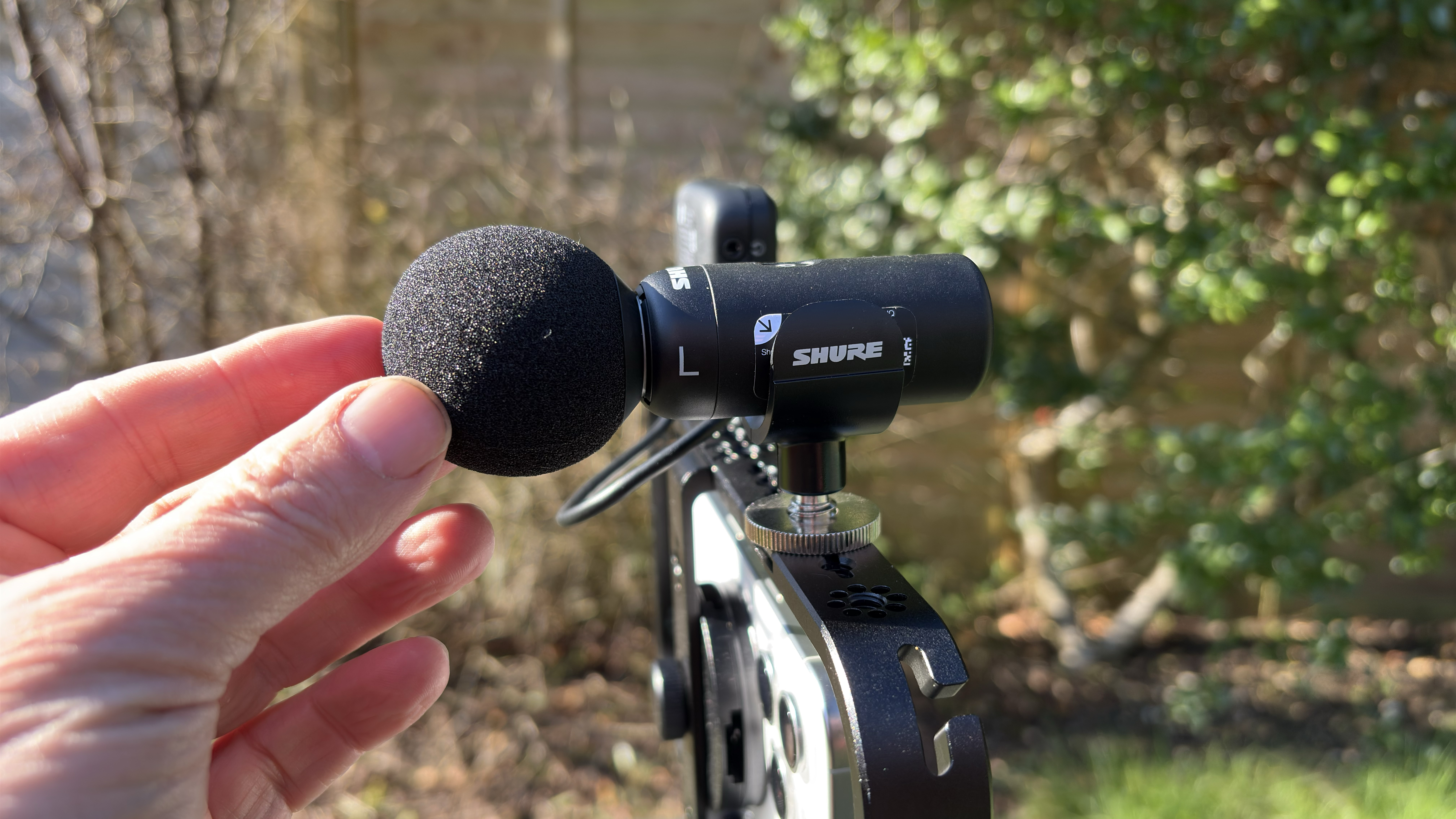
Specifications
Reasons to buy
Reasons to avoid
Resembling a small shotgun mic in form factor, able to stand like a desk mic, and transmitting wirelessly over distance like a lav mic, the Shure MoveMic 88+ is many things at once! It's an ideal choice for any filmmaker or videographer who expects to find themselves in lots of different shooting situations. It can be bought with a receiver for a comprehensive shooting solution, or if you're on a budget, you can buy just the mic for considerably less money and record straight to your smartphone.
One could easily worry that the Shure MoveMic 88+ could end up being a classic jack of all trades and master of none, but in my testing, it held up well. The mic itself, constructed from solid die-cast zinc plated in black chrome, feels reassuringly premium, and the audio quality is excellent. If you did shell out for the receiver, you'll be able to take advantage of 24-bit audio quality (it's 16-bit for smartphones). You get a choice of four directional polar patterns to choose from, giving you flexibility in a range of scenarios.
There are limits to how well the Shure MoveMic 88+ performs in some of its guises – it's a bit too big to really work as a lav mic, and its wireless range is substantially shorter than some on this list. Overall, though, I came away from my time testing it feeling it deserved a place in my kit bag for its ability to capture great-sounding audio in such a broad variety of situations.
Read our full Shure MoveMic 88+ review
How to choose the best wireless microphone
Any of the wireless mic kits in this buying guide will enable you to improve the audio production values of your video, but it’s worth considering your specific needs as a filmmaker.
My buying guide focuses on the duo-microphone kits, which enable you to clip a mic onto yourself and another onto your interviewee, so you both sound loud and clear. However, if you merely want to talk to the camera without the constraints of a hard-wired mic, consider a cheaper version of the kit that contains a single transmitter mic and a receiver.
On the whole, the more you spend, the more features you’ll get – such as onboard recording, for example. You should also consider whether you want a simple kit that lets you start recording straight away, or the option of manually adjusting sound levels on the receiver.
However, even the cheapest kits in this guide will sound far better than your camera’s built-in mic, especially once you’ve moved a few feet away from your recording device.
How do I connect a receiver to a smartphone?
Most of the wireless mics in this guide ship with an audio jack cable that connects the receiver to the 3.5mm socket on a DSLR, mirrorless camera, or smartphone that has a jack input.
To connect to a smartphone that doesn’t have an audio jack socket, you may need to purchase an additional adaptor. A 3.5mm to USB-C adaptor will let you connect the receiver to an Android smartphone or iPhone 15 or later. If you have an older iPhone, then you can buy a 3.5mm to Lightning connector. Some kits ship with connectors for both USB-C and Lightning, without the need for a third-party adaptor.
How easy is it to attach windshields to transmitters?
Most mics in this guide have a larger rubber mount that slots easily over the top of the transmitter. However, some mics have windshields with a push-and-twist connector. When I first encountered this design, I didn’t know about the ‘twist’, so I struggled for ages to push the windshield onto the transmitter!
How we test the best wireless mics
I’ve been recording sound professionally since the late 1980s, and the younger me would be astonished by the quality and range of modern wireless mic kits, not to mention that I’m no longer tethered by a lavalier clip-mic cable hardwired to my camera!
Testing is the fun bit! I like to use wireless mics in a wide range of locations, from wind-swept hills to noisy city centers. This enables me to discover how effective a kit’s physical windshields and the software noise cancellation features are. I like to see how far I can get before the signal drops out, especially when the transmitter loses line of sight with the receiver.
Deals
The best camera deals, reviews, product advice, and unmissable photography news, direct to your inbox!
George has been freelancing as a photo fixing and creative tutorial writer since 2002, working for award winning titles such as Digital Camera, PhotoPlus, N-Photo and Practical Photoshop. He's expert in communicating the ins and outs of Photoshop and Lightroom, as well as producing video production tutorials on Final Cut Pro and iMovie for magazines such as iCreate and Mac Format. He also produces regular and exclusive Photoshop CC tutorials for his YouTube channel.
- Gareth BevanReviews Editor
